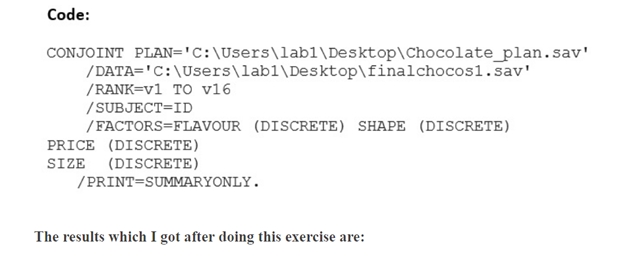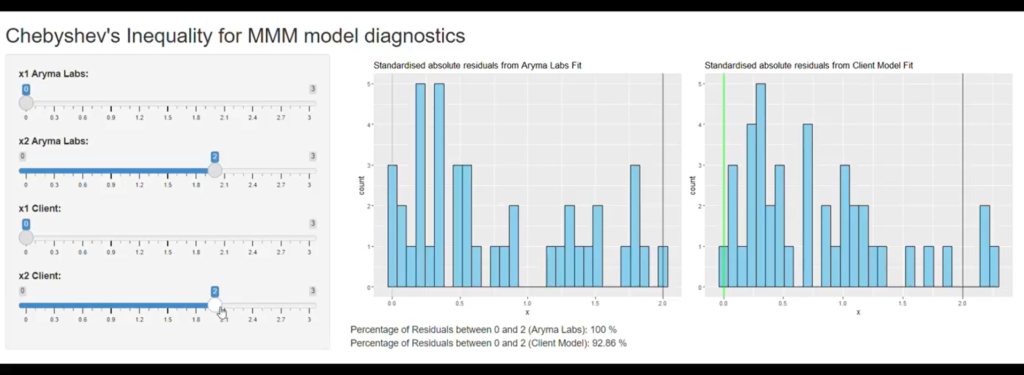Have you ever wondered what type of chocolates do customers prefer?
Which flavour goes well with customers?
Are customers price conscious, when it comes to buying chocolates?
The answer lies not only in Consumer psychology but also in analytics.
Consumer Psychology is a branch involved in studying consumer behaviour and the cognitive process behind how consumers buy products. One essential area which is a part of Consumer Psychology is understanding what does a consumer looks for while buying a particular product. How does the consumer value different attributes (function, benefit and features etc.) while purchasing a product?
What is Conjoint Analysis ?
Conjoint Analysis approach is used by the marketers to analyse these problems.
Conjoint Analysis is a technique used to understand preference or relative importance given to various attributes of a product by the customer while making purchase decisions.
I had done a project on Conjoint Analysis few years back, taking Indian consumer data to understand what type of chocolate do the customers prefer.
In this blog, we will see how conjoint analysis can be used to answer the following questions:
a. What type of chocolates do the Indian consumers prefer?
b. Which flavor (Milk, Dark chocolate etc.) do the Indian customers prefer?
c. Which shape of chocolate do the Indian customers prefer?
d. Which SKU (Stock Keeping Unit) — 50 gm, 100 gm etc.- do the Indian customers prefer?
e. How much are they willing to spend on buying a chocolate?
While buying chocolate, let us say that there are 4 important attributes to be taken into consideration — Flavour, Shape, Size and Price. Each of these 4 attributes have 4 sub-levels each given below:

Conjoint Analysis helps in assigning utility values for each attribute (Flavour, Price, Shape and Size) and to each of the sub-levels. The attribute and the sub-level getting the highest Utility value is the most favoured by the customer.
In this case, 4*4*4*4 i.e. 256 combinations of the given attributes and their sub-levels would be formed. Out of these combinations, let us say, we pick 16 combinations which make more practical sense. For e.g. a 300-gm chocolate would not be sold by any brand for only Rs. 10.
Let us follow these steps to perform the analysis:
1. We will ask the customers to rank the 16 chocolate types based on their preferences on an ordinal scale. The most preferred chocolate out of the given 16 varieties would be given Rank 1 and the least preferred chocolate would be given Rank 16.
2. Create two files in SPSS for the conjoint analysis. One file should have all the 16 possible combinations of chocolates and the other should have data of all the 100 respondents, in which 16 combinations were ranked from 1 to 16.
3. Then import the data into SPSS. You can also use R or SAS for Conjoint Analysis
4. Then run Conjoint Analysis and wait for the results giving interesting insights.




Wonderful, right? We can use Conjoint analysis to understand the importance of various attributes of other products also.




